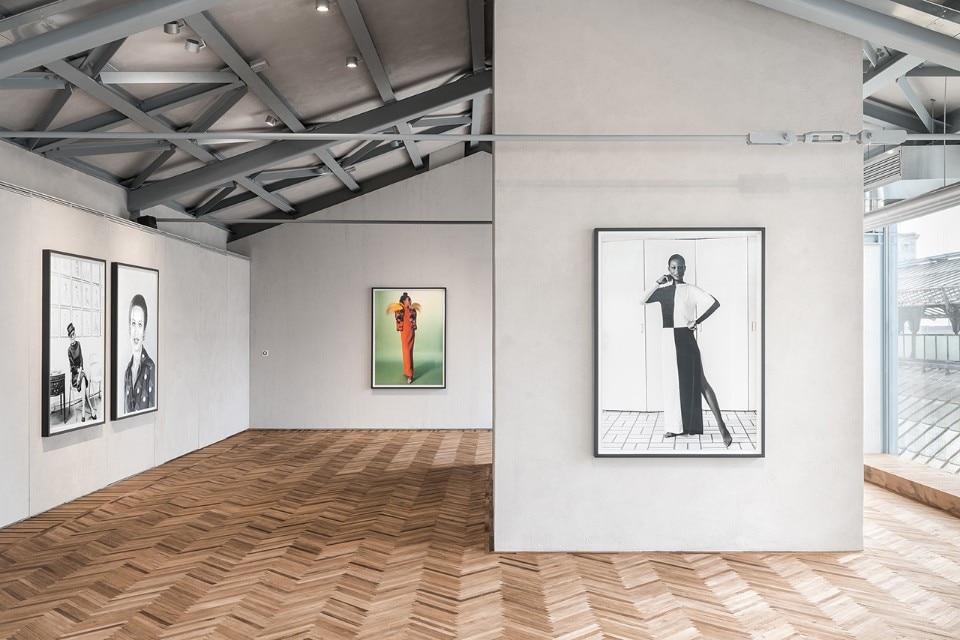“The Black Image Corporation” is an exhibition about how African-Americans presented themselves in two specific magazines during the 1950s, ’60s and ’70s. It explores the way a US publishing company contributed to strengthening the image of black people, specifically women. The show focuses on the work of two photographers, Moneta Sleet Junior and Isaac Sutton, who worked for the Johnson Publishing Company in Chicago.
The photographs were selected by Theaster Gates from the Johnson Collection, an archive that contains more than four million pictures. The company was founded in 1942. Its most notable magazines – the monthly Ebony and the weekly Jet, which began circulation in 1945 and 1951 respectively – contributed to shaping the black community's approach to society and its development of aesthetic and cultural codes.
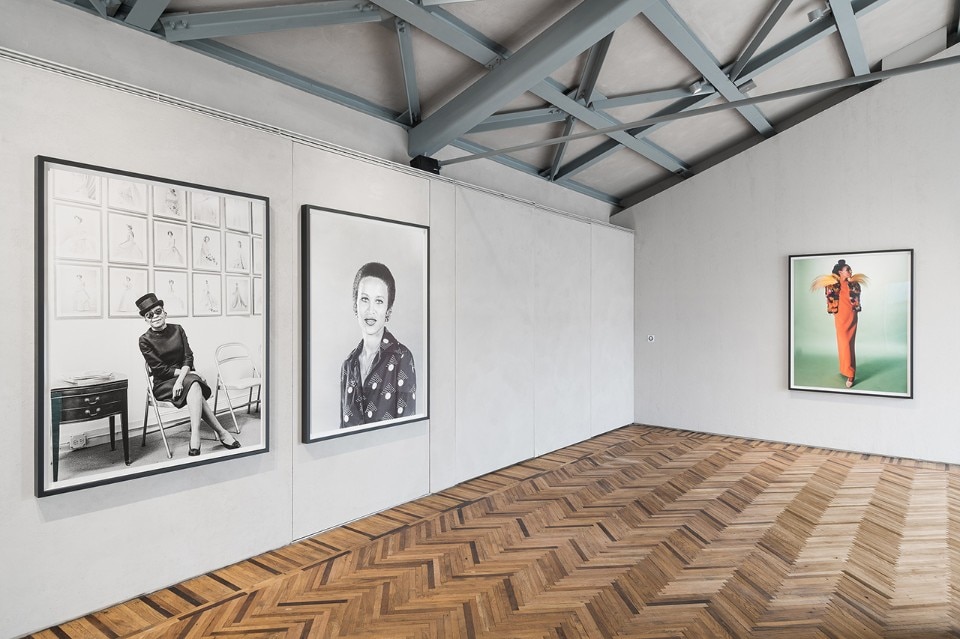
The show was organised by the artist Theaster Gates (Chicago, 1973), who already collaborated with the Fondazione Prada in summer 2016 on the show “True Value” held in Milan. His work as an artist comprises sculpture, installations, performances and urban initiatives aiming to bridge the gap between art and life.
In addition to his artistic endeavours, Gates acts as a curator, urban planner and facilitator. The broad span of his interests marries the poetic, expressive and speculative side of art with a fondness for daily life and its social aspects. He is the creator of Rebuild Foundation, a non-profit platform for art, cultural development and neighbourhood transformation. It revitalises found objects, rehabilitates derelict places and creates cohesiveness in the community. Rebuild acquires spaces and buildings in order to give them back to the public.
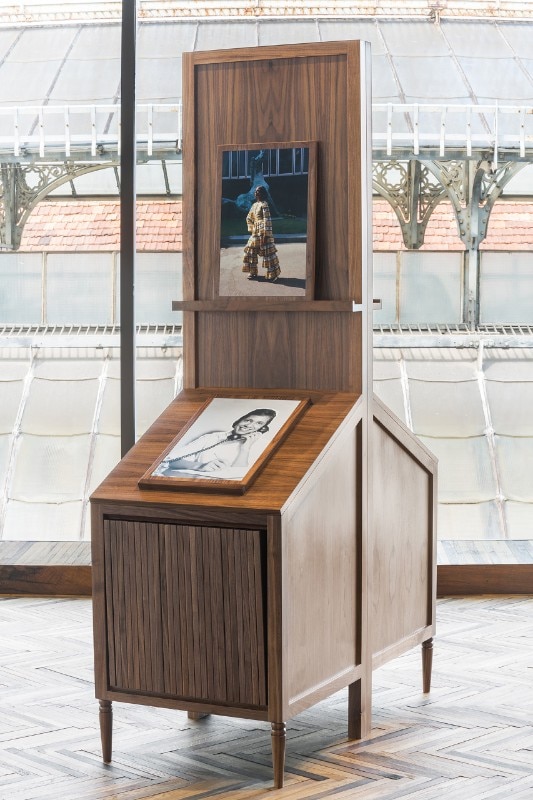
Gates says of his initiatives, no matter which scale they're on, his idea is to allow things to live as long as possible, and turn them into public resources. His biggest enterprise was creating the Stony Island Arts Bank. He bought the dilapidated Prohibition-era Stony Island Trust & Savings Bank building from the city of Chicago for one dollar to turn it into a depositary of culture and a reference point for the community. Among other treasures, it now houses part (meaning 130,000 photographs) of the Johnson Publishing Company archives. Gates’ keenness for Afro-American culture leads him to see the acquisition of the pictures as “a decisive moment for Stony Island Arts Bank”. The collection, he says, “is part of our deep belief in the objects and histories of African-American material culture and in our stories.”
Ebony and Jet portrayed the multifaceted reality experienced by America's black population in the postwar period. Daily life at home and at work, current events and notable black people were all chronicled by these publications, including the 1963 March on Washington, the first African-American astronaut, sports icons and show-business celebrities. The pages are alive with pride, protagonism, a sense of reappropriation and the ambition to finally project a positive self-image. The magazines show a wish for and trust in social change.
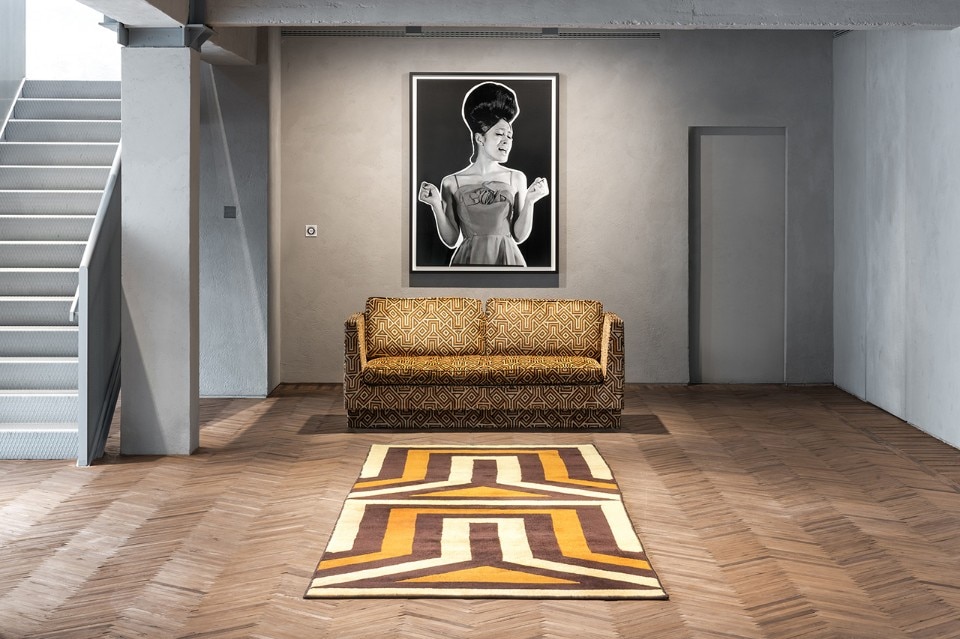
The photographs on display at the Prada Osservatorio are mostly large-format fashion plates. All together they constitute a celebration of feminine beauty, its strength and influence. Standing in the space are four wooden cabinets designed by Gates, each holding about 36 images from the archive – portraits, outdoor and indoor scenes and architecture photos.
Visitors are invited to leaf through and explore the pictures in the cabinet by donning white gloves and sliding the frames out from the lecterns. The overall impression is a panoramic overview of the African-American social elite back in the day. On the first floor of the Osservatorio, Gates presents remakes of the furnishings designed by Arthur Elrod for the Johnson Publishing Company premises in downtown Chicago. The building, known as the Ebony/Jet headquarters, is by John M. Moutoussamy and now part of the city's architectural heritage. In this room, visitors can browse vintage vintage copies of the two magazines. A video made by Gates documents the interiors of the architectural spaces that used to house the publishing company. The sound track to the exhibition is by Gates' band, The Black Monks of Mississippi.
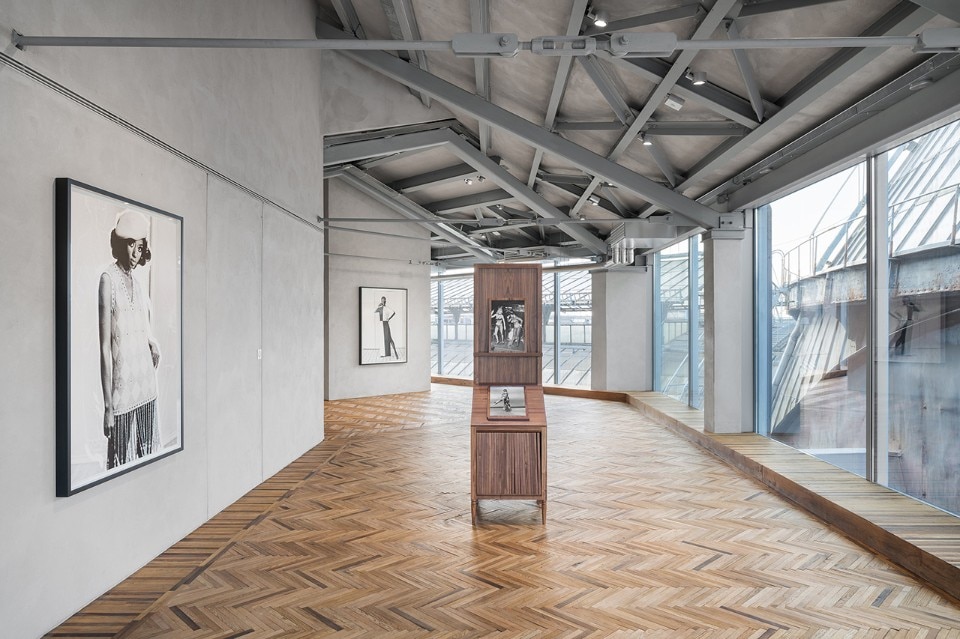
The show is a masterful expression of the road travelled by black Americans after World War II – the wanting to be there, the refound dignity, the desire to reclaim rights and impose renewed respect for their people. It portrays the way the community forged ahead, wanting to make room for its active participation in a changing world.
This was a period of transformation, accomplishments and enthusiasm. Compared to then, the current atmosphere of withdrawal looks all the more lugubrious. But Gates seems to point in a direction toward which to travel collectively. In his choice of photographs, in his meticulous care for detail transpires the pleasure he takes in his people. This is his sincere, uplifting tribute to them.
The exhibition is accompanied by a book published by Fondazione Prada featuring over 300 photographs by Moneta Sleet Junior and Isaac Sutton. The volume contains a notebook with a spirited dialogue between Theaster Gates and Linda Johnson Rice, the chairwoman and chief executive officer of Johnson Publishing.
- Exhibition title::
- The Black Image Corporation
- Curator:
- Theaster Gates
- Opening dates:
- Until 14 January 2019
- Location:
- Prada Osservatorio
- Address:
- Galleria Vittorio Emanuele II, Milan


